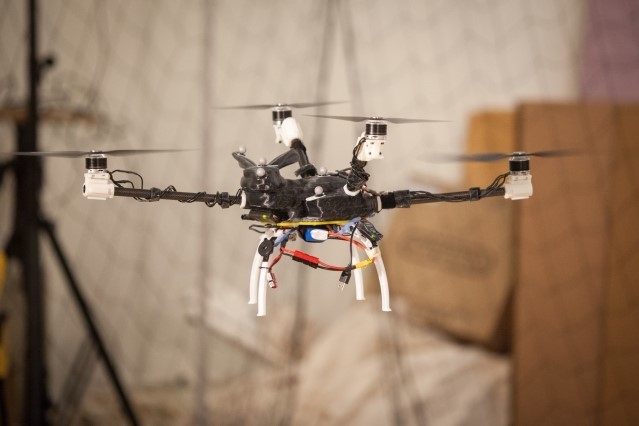A team of researchers working at MIT recently came up with a completely new system that permits the users to design their personal drones as per their requirements. They systems simplifies the complicated process of multicopter designs for hobbyists. Using this technique , they can always come up with their own unique drone functionality. The process starts from where you specify your requirements to the drone along with other specifications like cost, battery life, payload, lifetime, and so forth. The makers can also choose from a database of parts they will require for their personal design. The system takes good care of all tedious tasks like computation of rod lengths, motor angles, as well as metric analysis like thrust and torque that determine the possibility of one such design.
For this purpose, the research team used an algorithm called alternating direction method of multipliers to outline the system. The process breaks down the most complicated optimization issues like drone design, into much smaller and manageable segments. The team also decoupled two strongest correlated variables of drone design: geometry and control. While geometry refers to structure and shape of drone, control is referred to programming of drone for any kind of movement. Researcher Tao Du says, “Once you decouple these variables, you turn a very complicated optimization problem into two easy sub-problems that we already have techniques for solving.”

Possession of one such system that takes care of such considerations for maker, one can stay assured about the final functionality of the drone and makes the possibility of non-standard drone designing feasible for everyone. All kinds of commercial drones typically use standard configurations like even number of rotors as well as upward facing propellers. As compared to this, researchers also displayed the effectiveness of this system by designing irregular drones like five-rotor pentacopter along with a drone embedded with asymmetric propeller and rotor heights. Another team member, Wojciech Matusik, adds, “ This system opens up new possibilities for how drones look and function. It’s no longer a one-size-fits-all approach for people who want to make and use drones for particular purposes.”
Filed Under: News


Questions related to this article?
👉Ask and discuss on Electro-Tech-Online.com and EDAboard.com forums.
Tell Us What You Think!!
You must be logged in to post a comment.